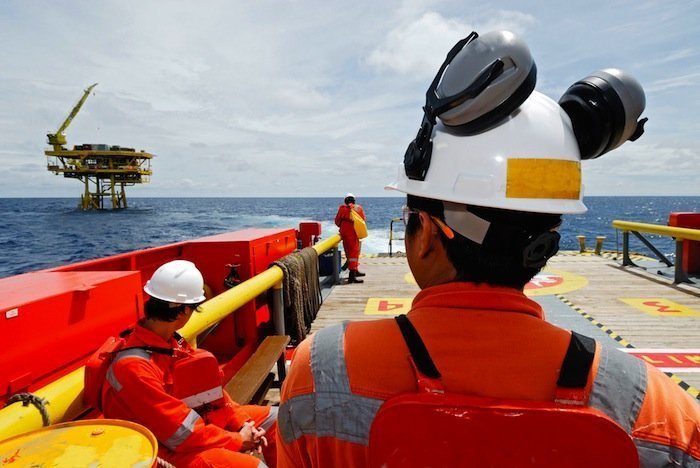A quarter of seafarers show signs of depression

More than a quarter of seafarers show signs of depression – and many won’t ask for help, according to a study of seafarers’ mental health presented at Sailors’ Society’s Wellness at Sea conference in London earlier this month.
The study of more than 1,000 seafarers was carried out by international maritime charity Sailors’ Society and Yale University, with more than one in six of the respondents coming from the UK.
Some 26% of seafarers said they had felt “down, depressed or hopeless” on several days over the previous two weeks.
The seafarers said the quality and amount of food onboard can have a big impact on their mental health, alongside isolation from their families and length of their contracts.
Nearly half (45%) of the seafarers who reported symptoms of depression said they had not asked anybody for help. Around one-third said they had turned to family and/or friends, but only 21% said they had spoken to a colleague, despite spending months on a ship with them, a problem the charity said was down to the ‘macho’ nature of the sector.
Sailors’ Society deputy CEO Sandra Welch commented: “Seafarers spend months on end at sea, facing some of the toughest conditions of any workforce – isolation, cramped living quarters, noise, heat, storms – sometimes they’re not even able to stomach the food onboard.
“This report is a wake-up call to the industry about the huge impact this is having on seafarers’ mental health. We’re working with shipping companies to help them offer the best care to their employees, who are the life blood of the industry and our global economy.”
